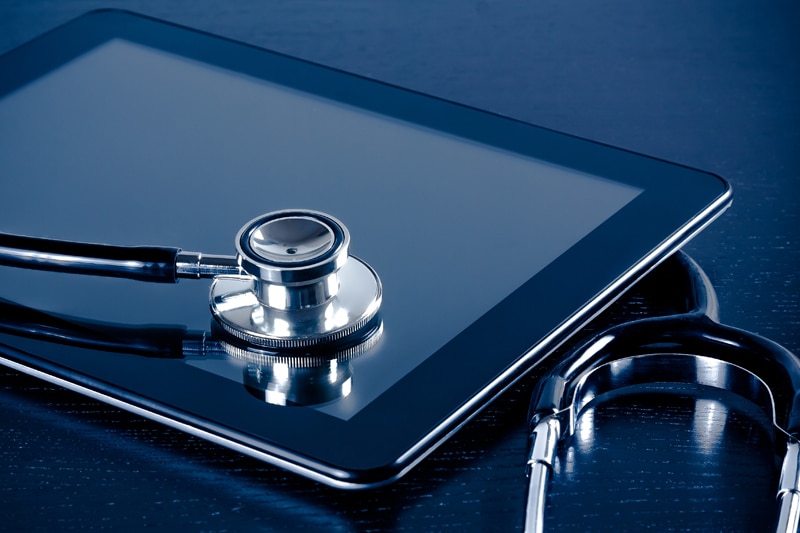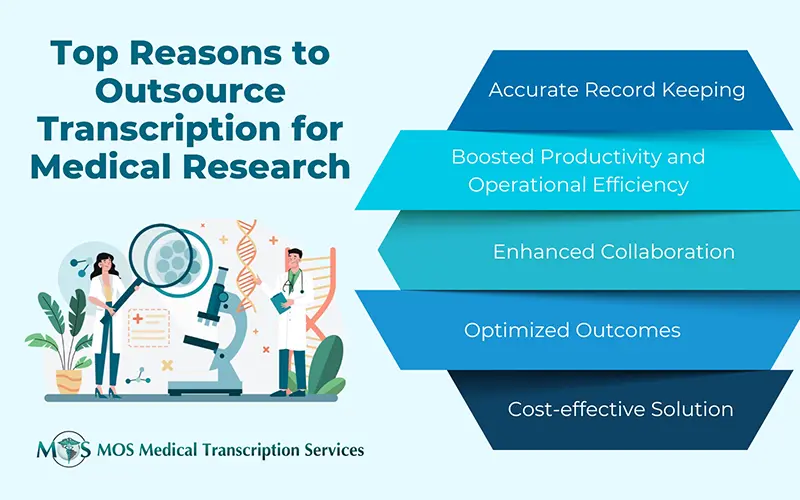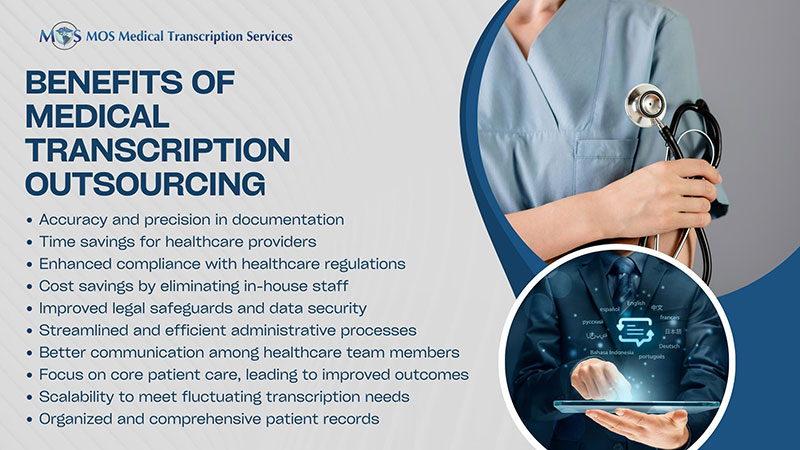
Table of Contents
Good clinical records are essential for the delivery of quality healthcare, to maintain continuity of care, and to share information between different healthcare professionals. Once created, electronic medical records should be updated at each care episode, allowing any member of the care team to reconstruct a consultation or patient contact. Today, physicians rely on medical transcription services to maintain a permanent account of a patient’s medical history and more.
Importance of Good Clinical Records
Medical records are a fundamental element in the provision of patient care. In addition to structured data with variable name and a value (such as height, weight and blood pressure, etc) and stages of a disease diagnosis, medical records include unstructured data in EHR free-form text fields, discharge summaries, progress notes, physician clinical notes, lab reports, photographs, faxed records and printouts, medical images, data on patients’ socioeconomic status verbal correspondence between health professionals.
As listed by www.medicalprotection.org, good clinical records will include:
- History – relevant to the condition including all answers to direct questions
- Patient examination
- All systems examined
- Important findings (such as disease diagnosis and stages) with values of blood pressure, peak flow, etc
- Differential diagnosis
- Details of any investigations ordered
- Details of referral(s) made
- Instructions and information given to the patient, including about risks and benefits of proposed treatments
- Consent given for proposed investigations, treatments or procedures
- Treatment – details of the main doses of drugs, total amount prescribed, and any other therapy organized
- Follow-up – arrangements for follow-up tests, future appointments and referrals made
- Progress – the patient’s current condition, side effects, complications, any further consultations, etc.
Clinical records need to be correctly dated and have all the information that the healthcare team needs to make informed decisions about the patient’s care. Poor quality documentation or incomplete medical records could have adverse consequences for the physician as well as the patient such as:
- Mislead healthcare professionals and patients
- Lead to wrong medical decisions
- Increase medico-legal issues
- Lead to unnecessary repeat testing or other investigations
- Prolonged hospital stay
- Compromise patient care
- Lead to adverse events such as medication side effects, injury, psychological harm or trauma, or death
- Lost revenue/reimbursement
Maintaining Good Clinical Records – Dos and Don’ts
Clinical records are the formal chronological documentation of health care and medical treatment provided to the patient. The health record must be clear, accurate, legible and written in a professional manner and include of the above-mentioned components. Here are the dos and don’ts of clinical documentation:
Dos
- Maintain timed entries: All entries should be legible, complete, timed, and have a dated signature. Best practice is to make entries as soon as possible after the event before the relevant staff member goes off duty. Delays, if any, should be documented, including the time of the event and reasons for the delay.
- Record any noncompliance: Physicians should document a patient’s failure to take medication, get recommended tests, keep an appointment with a specialist, or other actions that a patient complies with fails to comply with that cause or increase the risk of injury or delay resolving a medical condition.
- Document communications and informed consent: Physicians should effectively document patient phone calls including actions taken in response to the call. It is also necessary to make document consultations with other members of the patient’s healthcare team as well as discussions related to informed consent with patients and their family.
Don’ts
- Avoid using abbreviations: Confusing abbreviations can cause problems with patient care. For instance, MS can mean morphine sulfate or magnesium sulfate. Avoid ambiguity by spelling out the word. On the other hand, it is acceptable to use commonly recognized acronyms and abbreviations in the medical record, e. g., HIV, GA, BMI, a.m., p.m., etc.
- Don’t use comments that may seem offensive: Patients have a right to access their records and an insensitive, personal or offensive remark can damage your relationship with your patient and damage your credibility, especially if the record is used in evidence. Make objective comments. For instance, rather than referring to a patient as abusing drugs, report that the patient has demonstrated ‘drug-seeking behavior.
- Avoid indiscriminate use of deletion or corrections: Never change the clinical information/documentation after final signature. if a mistake is made in a medical record entry, follow proper error correction procedures. All deletions or alterations should be trackable back to the specific person, giving the person’s name, time and date.
Good clinical records are valuable to provide quality care, to evaluate the quality of healthcare services, and for malpractice litigation. Keeping quality documentation safe is essential for security maintenance. For instance, partnering with a HIPAA compliant medical transcription service organization can ensure the privacy and security of data to meet HIPAA requirements. Maintaining clarity, accuracy, and timeliness in medical keeping is also easier with medical transcription outsourcing.
View our infographic on Dos And Don’ts Of Managing Clinical Records [INFOGRAPHIC]


